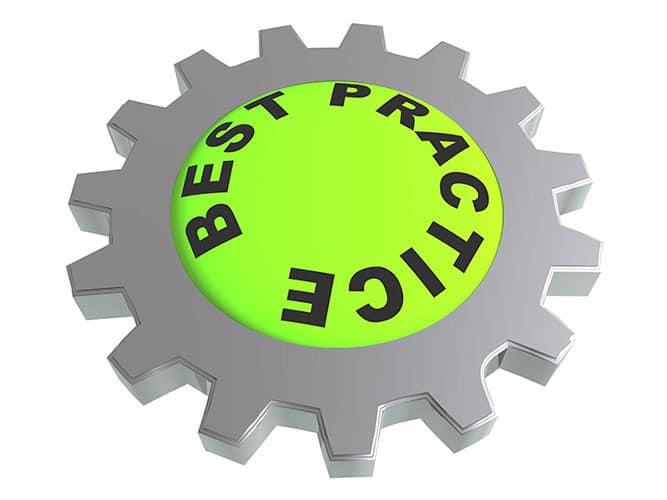· Machine learning, as a branch of artificial intelligence, is based on the hypothesis that systems, through the power of data, can learn and identify patterns.
· The systems can then mirror human decision-making ability and businesses can leverage this to automate tasks and decisions.
· In procurement, businesses can use machine learning to save time on tedious tasks and to generate insights by analyzing large data sets. The various applications of machine learning in procurement, therefore, fall into one of the two categories.
Here are 6 roles that machine learning is playing in procurement today:
Machine Learning Spend Classifications
Spend classification refers to the process of grouping related spend data into categories using a predetermined taxonomy. Spend classification is important in preparing data to spend analysis. The process of classification begins by collecting ERP data from contracts, purchase orders, and other internal and external sources, then putting related items together.
It’s a tedious and repetitive process and an organization may not have the resources to pay people to do it manually. Using machine learning, it’s possible to collect data from multiple sources and classify it quickly and accurately. The procurement staff would then be responsible for supervising the system.
Making Purchase Recommendations
Machine learning can help quick purchasing decisions by creating systems that act like search engines. An example would be where an ML system uses the image of a printer to search and output a list of suppliers for that item. The search can further be refined to show a list of suppliers who meet certain criteria. If sufficient accurate data is available, an organization can build a recommendation system to support quick purchase decision-making. For instance, if the organization has a list of prequalified suppliers for screens, the ML system can make recommendations on the supplier to contact at any time based on prevailing prices.
Predictive Analytics for Logistical Decisions
The uncertainty around having items of high value in transit is a major headache for supply chain professionals. Delays in shipping could mean stock-outs and high opportunity costs. Prices could also be affected by a shipping problem. Machine learning can ease the pressure on supply chain professionals by helping to spot delays before people can realize them. Using real-time data, it may be possible to predict an interruption or delay ahead of time and make mitigating decisions.
An organization can have models to show the impact of different responses and go with the best one. For instance, if a shipping delay might cause the factory to shut down for several days, it may be prudent to slow current production instead of waiting to close. The company might also consider sourcing from a local supplier, albeit at higher prices instead of shutting down. Such models help decision-making staff make the right calls.
Supplier Risk Management
The financial health of suppliers is of major concern to an organization. It’s quite disruptive when a supplier can no longer fulfill their contracts because you have to vet and negotiate contracts with new suppliers. The onboarding process can take months.
Procurement software vendors are building powerful cloud-based platforms powered by machine-learning technology to solve this problem. The rationale is that these platforms can collect publicly available data on suppliers to find vulnerabilities. There are organizations that specialize in collecting reliable financial health data on different companies. Their data is helpful for people who want to work with those companies.
The advantage of being aware of suppliers’ financial health is that you can have discussions about their ability to fulfill contracts. You can renegotiate contracts, find new suppliers, or take any other action to protect your own operations from disruption.
Purchase Reviews and Approvals
E-procurement software already automates the process of autogenerating a purchase order once a purchase requisition is approved by the relevant manager. However, what if there was a way to help managers make those approval decisions more objectively? Organizations can use machine learning techniques to aid the strategic sourcing and purchase process.
If an employee would like to have something replaced, say a desktop monitor, they can take a picture and the requisition system would suggest items from approved supplier catalogs. Once they select the monitor they’d like, a requisition gets generated and sent to the approving authority. This already slashes search time significantly. The machine algorithm can then calculate a confidence level for the request based on historical data and budgetary provisions. Using the score, it’s possible to provide the approving authority with a yardstick to approve or disapprove the request. Once approved, an order is generated and sent out to the supplier.
Machine Learning for Benchmarking
With so much data available externally, an organization cannot keep up with it manually. It’s important for an organization to compare its performance data with industry peers so as to identify areas of deficiency and new opportunities. Benchmarking today has become more sophisticated compared to the past when only a few data points were collected manually. Today, there is a lot of insight to find by tracking thousands of data points.
E-procurement vendors are building benchmarking solutions that use machine learning to classify related data from different sources. The analysis has led to the realization of KPIs that organizations can use to analyze their procurement performance.
Getting Started with Machine Learning
Working with an experienced e-procurement consultant and vendor will help you identify opportunities to use machine learning technology in your procurement operations. Reach out to ProcurePort for advice on how to automate tasks and get more insights into your procurement operations.










